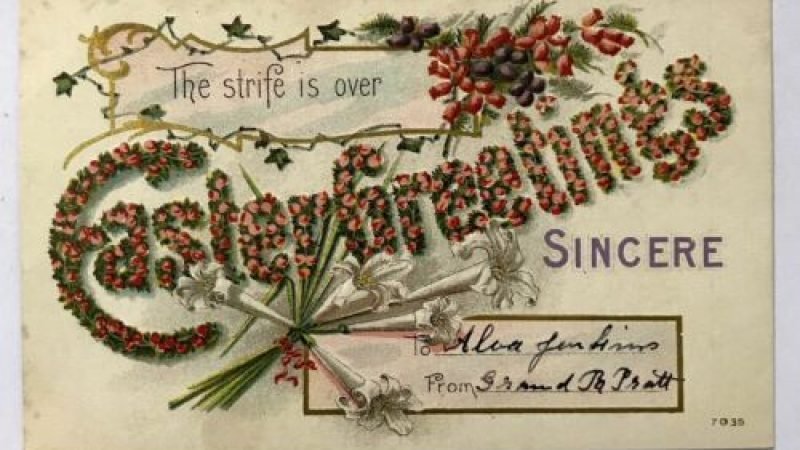Easter is the culmination, not just of Holy Week, but really of all the seasons since Advent. Now Easter has finally arrived. But what’s next?
The next two days are “Easter Monday” and “Easter Tuesday.” These have fallen out of memory for many, and the intense run of Holy Week services might make it hard to imagine having services on these days. Even so, the classic Anglican readings for this Monday and Tuesday still have a lot to teach us about Easter (no matter what prayer book you use). These readings teach us how to go forward—and warn us about how not to go forward—in light of the Resurrection.
In the 1662 Book of Common Prayer, there are six proper readings for each of these days: two lessons at Morning Prayer, an epistle, a gospel, and two lessons at Evening Prayer. I’ll list them, and give some thoughts about how these readings offer us an Easter-shaped life.
- Monday Mattins: Exodus 16, Matthew 28
- Monday Communion (or Antecommunion): Acts 10:34-43, Luke 24:13-35
- Monday Evensong: Exodus 17, Acts 3
- Tuesday Mattins: Exodus 20, Luke 24:1-12
- Tuesday Communion (or Antecommunion): Acts 13:26-41, Luke 24:36-48
- Tuesday Evensong: Exodus 32, 1 Corinthians 15
Through these readings run five themes:
1. The resurrection as history is the basis for the resurrection as theology. On both days, the first New Testament reading is an account of the resurrection. John’s account was read on Easter Day; so, now the accounts of Matthew and Luke are read.
2. The resurrection is a hermeneutical key to the Scriptures. On both days, the gospel reading is a Lukan description of another appearance of the resurrected Christ. Each story offers the Resurrection as the answer not only to a crisis of faith, but also to a crisis of interpretation: the Resurrection is the fulfillment of the words of the prophets.
3. The church proclaimed the Resurrection as central to the good news of forgiveness. Three New Testament readings—the second lesson at Evensong on Monday, and both readings appointed for the epistle—are from the book of Acts and tell the story of the church preaching the Resurrection. This is the fulfillment of the great commission in Matthew 28, which is read on Monday morning. And since these three readings are laced with Old Testament quotations, they also emphasize the Resurrection as a fulfillment of prophecy.
4. The Old Testament readings continue the trajectory of the people of Israel after the deliverance from Egypt. These four readings from the Book of Exodus offer two themes in counterpoint: abundant divine provision, and dangers all around. The provision is manna, quail, water from the rock, the defeat of the Amalekites, and ultimately the law itself. But there is a rising note of warning. The Lord will be at war with Amalek “from generation to generation” (Exodus 17:16), and idolatry is an ever-present danger (Exodus 20:22-23). Yet, after all this, the people still succumb to worshiping the golden calf. When the last Old Testament reading ends on Easter Tuesday, God has sent a plague on the people (Exodus 32:35). It’s like we’re back in Egypt, but with the roles reversed. My guess is that if you were picking the Old Testament readings for Easter Monday and Tuesday, it would never have occurred to you to choose Exodus 32. But the choice of Exodus 32 to cap this sequence is brilliant: after Passover/Easter, we can go forward with divine provision and protection, or we can choose to go back to worship like the Egyptians. Go with God.
5. Jesus’s Resurrection is the guarantee of your resurrection. The last reading on Easter Tuesday is 1 Corinthians 15. This is the Apostle Paul’s great chapter on the Resurrection: “O death, where is thy sting?” It is a familiar chapter, but it would have been even more familiar in the past, because in the 1662 Book of Common Prayer most of this chapter is read in every burial service. So what happens if we think about Easter from the vantage point of 1 Corinthians 15, with the burial service in the back of our minds? It means that Easter is preparing us to die. And every funeral is preparing us to live.
These readings offer a deep well of practical theology for how to think about Easter. Whether or not you are reading them in services in your parish, they can inform your perspective. The classic readings for Easter Monday and Tuesday offer a many-sided look at what it means to be a people of the Resurrection.


